Introduction
In the vast realm of culinary delights, mushrooms stand out as versatile and nutritious ingredients that can elevate any dish to new heights. Among the myriad species, Pleurotus Eryngii, commonly known as king oyster mushrooms or eringi mushrooms, holds a special place due to its rich flavor, meaty texture, and impressive nutritional profile. When dried, these mushrooms undergo a transformation that intensifies their umami qualities, making them an indispensable addition to soups, stews, stir-fries, and even snacks. This guide delves into the intricacies of crafting delicious dried Pleurotus Eryngii mushrooms, from sourcing and preparation to cooking techniques and innovative recipes.
Chapter 1: Sourcing and Selecting the Best Pleurotus Eryngii Mushrooms
The journey to creating delicious dried Pleurotus Eryngii mushrooms begins with sourcing high-quality fresh mushrooms. Here are some key considerations to ensure you start with the best:
1 Understanding the Species
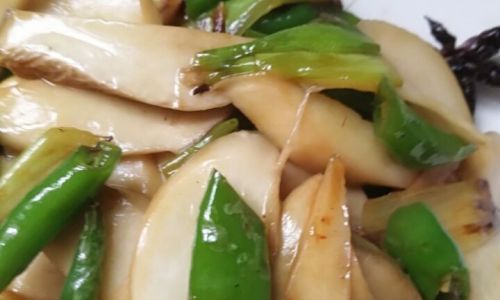
Pleurotus Eryngii mushrooms are characterized by their long, thick stems and large, fan-shaped caps. They have a firm, meaty texture and a nutty, earthy flavor that becomes even more concentrated when dried. The caps can range in color from light brown to dark gray, with a smooth or slightly wrinkled surface.
2 Choosing Fresh Mushrooms
When selecting fresh Pleurotus Eryngii mushrooms, look for firm, unblemished caps with tight, closely packed gills underneath. Avoid mushrooms with soft spots, sliminess, or mold. The stems should be firm and not hollow. Freshness is crucial; ideally, purchase mushrooms from a reputable supplier or farmer’s market where they are likely to have been harvested recently.
3 Seasonality and Availability
Pleurotus Eryngii mushrooms are available throughout the year, but their peak season varies depending on location and cultivation practices. In temperate climates, they are often found during cooler months when temperatures are between 50-70°F (10-21°C). Check with local suppliers to find out when they are in season in your area.
Chapter 2: Preparing Pleurotus Eryngii Mushrooms for Drying
Once you have sourced high-quality fresh Pleurotus Eryngii mushrooms, the next step is to prepare them for drying. Proper preparation is essential to ensure the final product retains its flavor, texture, and nutritional value.
1 Cleaning the Mushrooms
Gently wipe the mushrooms with a damp cloth or soft brush to remove any dirt or debris. Avoid soaking them in water, as this can cause them to absorb excess moisture and lose their firm texture. If the mushrooms are particularly dirty, you can rinse them quickly under cold running water and then pat them dry with paper towels.
2 Trimming and Slicing
Trim off the tough bottom part of the stems, as they can be bitter and fibrous. Depending on your preference and intended use, you can slice the mushrooms into thin strips, chunks, or leave them whole. Thinner slices will dry faster and have a more intense flavor, while thicker pieces will retain more texture.
3 Blanching (Optional)
Blanching mushrooms before drying can help to inactivate enzymes that could cause discoloration or off-flavors during storage. To blanch, submerge the sliced mushrooms in boiling water for 1-2 minutes, then quickly transfer them to an ice water bath to stop the cooking process. Pat them dry thoroughly before proceeding to the drying step.
Chapter 3: Drying Techniques for Pleurotus Eryngii Mushrooms
There are several methods for drying Pleurotus Eryngii mushrooms, each with its own set of advantages and disadvantages. The choice of method will depend on your equipment, time constraints, and desired outcome.
1 Sun Drying
Sun drying is a traditional method that uses natural sunlight to evaporate moisture from the mushrooms. Lay the prepared mushrooms on clean, mesh trays or muslin cloth in a sunny, well-ventilated area. Cover them lightly with cheesecloth or a fine-mesh net to protect them from insects and debris. Turn the mushrooms occasionally to ensure even drying. Sun-dried mushrooms can take several days to a week, depending on the intensity of the sunlight and humidity levels.
2 Oven Drying
Oven drying is a faster method that allows for more control over the drying process. Preheat your oven to its lowest setting, typically around 150°F (65°C). Spread the mushrooms in a single layer on baking sheets lined with parchment paper or silicone mats. Prop the oven door open slightly with a wooden spoon to allow moisture to escape. Oven-dried mushrooms usually take 2-4 hours, depending on thickness and oven temperature. Check them frequently to prevent over-drying.
3 Dehydrator Drying
Using a food dehydrator is the most efficient and consistent method for drying Pleurotus Eryngii mushrooms. Set the dehydrator to a temperature between 125-135°F (52-57°C) and lay the mushrooms in single layers on the trays. Dehydrators typically have fans that circulate air, promoting even drying. Drying time can range from 4-12 hours, depending on the thickness of the mushrooms and the model of the dehydrator.
4 Air-Drying
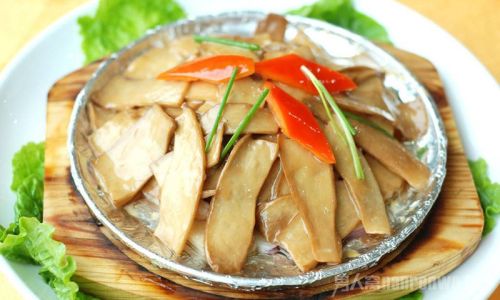
Air-drying involves hanging the mushrooms in a well-ventilated area with good air circulation. This method is slower and less predictable than other methods, as it relies entirely on ambient conditions. Thread the mushrooms onto string or use drying racks designed for this purpose. Air-dried mushrooms can take several days to a week or longer, depending on humidity and temperature.
Chapter 4: Storing Dried Pleurotus Eryngii Mushrooms
Proper storage is crucial to preserve the quality and flavor of dried Pleurotus Eryngii mushrooms. Here are some tips for long-term storage:
1 Packaging
Store dried mushrooms in airtight containers made of glass, ceramic, or stainless steel. Avoid plastic containers, as they can trap moisture and promote mold growth. If you’re using plastic bags, make sure they are designed for food storage and have a good seal.
2 Moisture Control
Dried mushrooms should be stored in a cool, dark place with low humidity. A pantry or cupboard away from direct sunlight and heat sources is ideal. Consider using desiccants like silica gel packets to absorb any residual moisture.
3 Labeling and Date Tracking
Label your containers with the date of drying to keep track of freshness. Dried mushrooms can last for several months to a year if stored properly, but their flavor and texture will gradually degrade over time.
Chapter 5: Cooking with Dried Pleurotus Eryngii Mushrooms
Dried Pleurotus Eryngii mushrooms are a culinary treasure trove, offering a rich, umami-laden flavor that can transform even the simplest dishes into gourmet meals. Here are some innovative recipes and cooking techniques to inspire your culinary creativity.
1 Reconstituting Dried Mushrooms
Before using dried Pleurotus Eryngii mushrooms in recipes, you’ll need to reconstitute them by soaking them in hot water. This process softens the mushrooms and allows them to release their flavor into the soaking liquid, which can be used as a flavorful broth or stock. Soak the mushrooms in enough hot water to cover them completely for about 20-30 minutes, or until they are tender and pliable. Save the soaking liquid for use in soups, stews, or gravies.
2 Mushroom Powder
Turn your dried Pleurotus Eryngii mushrooms into a versatile seasoning by grinding them into a fine powder using a blender or spice grinder. Mushroom powder adds a rich, savory flavor to soups, marinades, rubs, and even baked goods. Store it in an airtight container in the refrigerator to extend its shelf life.
3 Mushroom Stock
Make your own homemade mushroom stock by simmering reconstituted Pleurotus Eryngii mushrooms and their soaking liquid with aromatic vegetables like onions, carrots, celery, and garlic. Add herbs like thyme, bay leaves, and black peppercorns for extra flavor. Strain the stock and use it as a base for soups, sauces, and gravies.
4 Stir-Fries and Stir-Fry Sauces
Dried Pleurotus Eryngii mushrooms are perfect for stir-fries, where their meaty texture and umami flavor can shine. Reconstitute the mushrooms, then slice them into bite-sized pieces. Sauté them with garlic, ginger, and scallions, and add your favorite vegetables and proteins. For an extra layer of flavor, incorporate mushroom powder or mushroom stock into the stir-fry sauce.
5 Soups and Stews
Dried Pleurotus Eryngii mushrooms add depth and complexity to soups and stews. Reconstitute them, then chop or tear them into bite-sized pieces. Add them to your favorite soup or stew recipe along with the other ingredients. The mushrooms will absorb the flavors of the broth and contribute
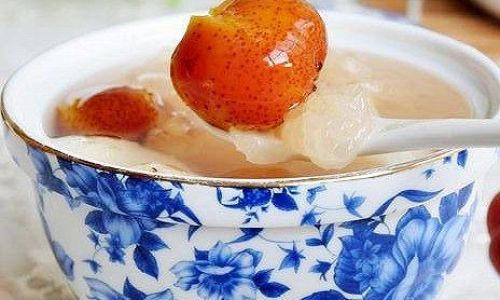
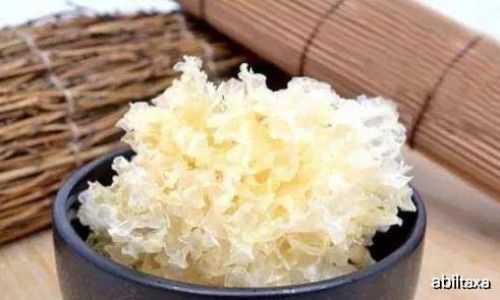
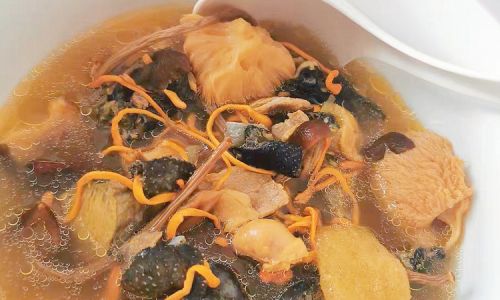
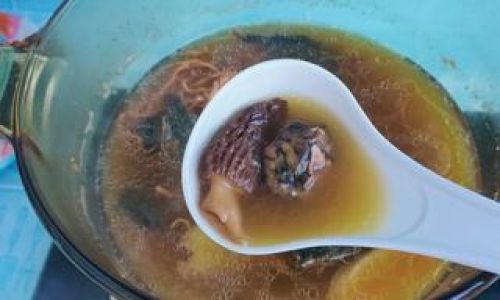
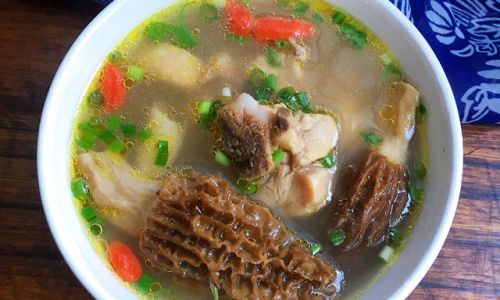
0 comments